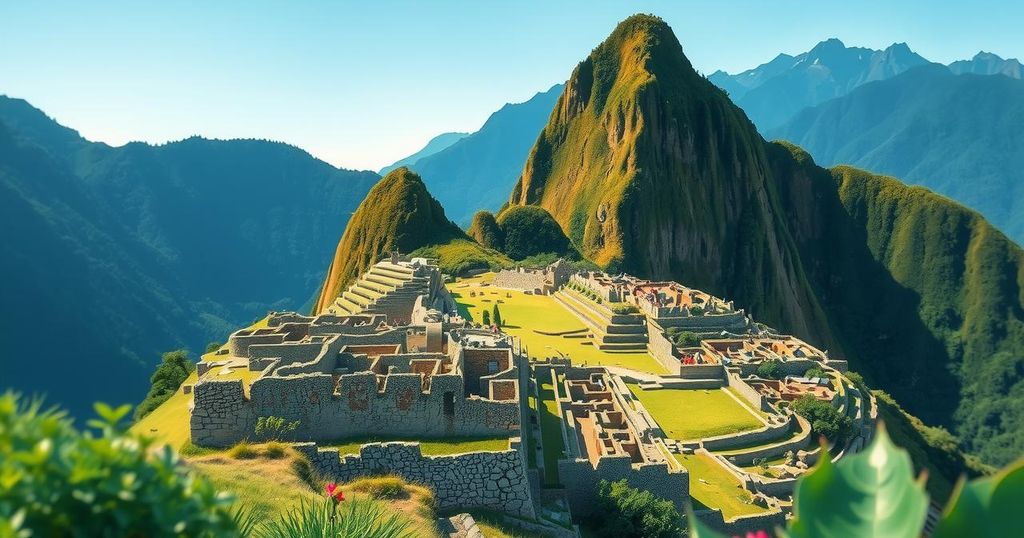- Machu Picchu is a UNESCO Heritage site attracting over 1.5 million visitors each year.
- Local agencies in Cuzco promote Machu Picchu as a top travel destination despite concerns.
- Travel and Tour World downgraded Machu Picchu’s status due to tourism concerns.
- Erosion and damage from overcrowding pose significant risks to the site’s integrity.
Machu Picchu faces challenges from mass tourism concerns.
The UNESCO Heritage site of Machu Picchu, which draws in over 1.5 million tourists annually, is facing a bit of a public relations crisis. This comes after a prominent global tourism platform suggested visiting it is ‘no longer worth it.’ Situated in breathtaking scenery, the iconic site was once unassailable as a travel must-visit. However, the rising complaints around mass tourism seem to be tarnishing its once glorious reputation, provoking both concern and criticism of the sustainability of tourism practices in Peru.
Cuzco’s tourism thrives despite worries about Machu Picchu.
Cuzco serves as the principal entry point to Machu Picchu, and locals still seem to believe in its magic. Tour operators there continue to advertise this 15th-century Inca gem as the best seller, note that booking tickets needs to be done early due to high demand. “People are eager to stay in Aguas Calientes, the town at the foot of Machu Picchu, often spending nights there just to ensure an entry to one of the most photoed ruins in the world,” stated Milagros Causi Paucca, a local travel agency manager. Still, even as visitors flock to this wonder, erosion and structural damage caused by high foot traffic have raised alarms about the site’s future.
Travel experts raise alarm over Machu Picchu’s tourism impact.
Though it remains an enchanting destination, Machu Picchu has recently been downgraded by Travel and Tour World, which categorized it alongside other heavily impacted places like Venice or Bali. Their concern hinges on issues such as overcrowding, skyrocketing prices for entry, and, most critically, the potential for irreversible damage to this cultural heritage site. Critics argue that heavy foot traffic not only spoils the experience for visitors but accelerates deterioration, which is deeply concerning for conservationists and local officials alike. So the question remains—will tourists continue to flock here in masses, and at what cost?
In conclusion, while Machu Picchu remains a beloved destination for many travelers, it faces significant challenges from mass tourism that threaten its integrity and reputation. Local businesses welcome the visitors, but growing concerns about environmental damage and rising costs cannot be overlooked. As discussions around tourism sustainability continue to evolve, the fate of this Wonder of the World hangs in the balance, prompting a need for vital conversations about its future.






